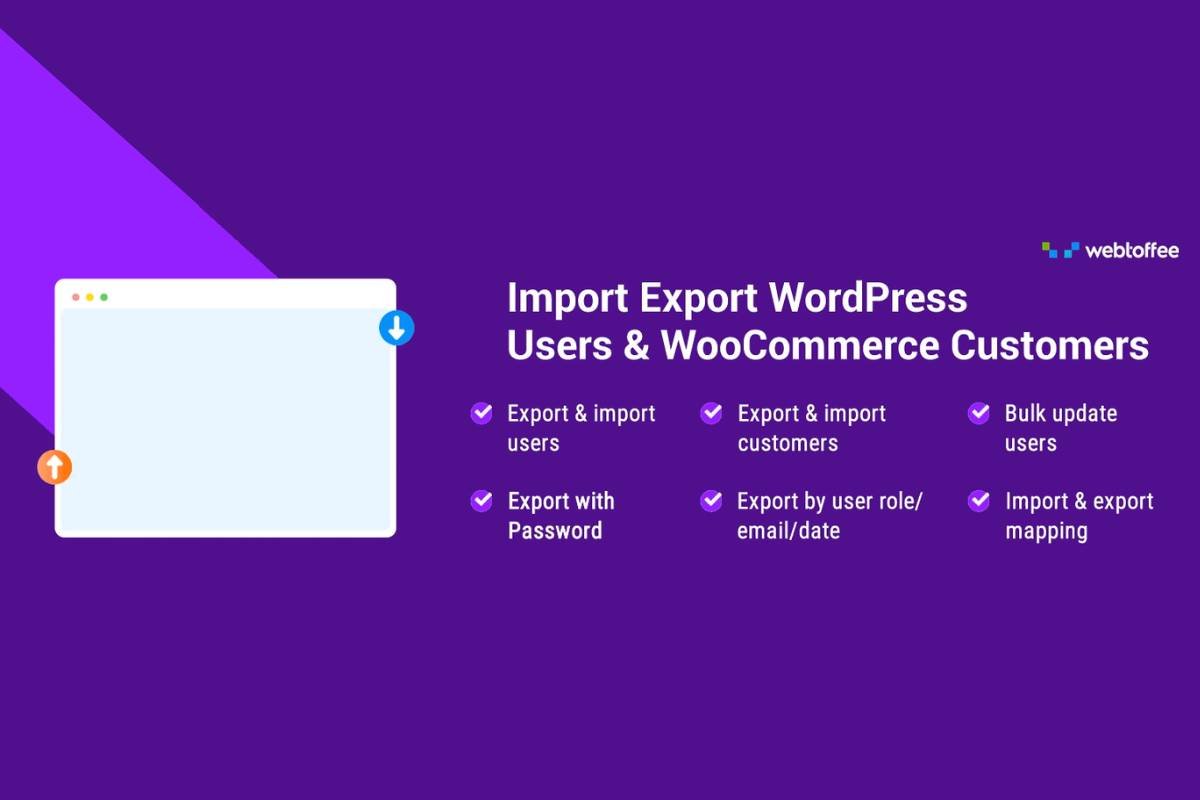Big platforms aren’t just connecting buyers and sellers anymore. Increasingly, they’re stepping into the financial space, creating their own marketplace payments systems. Amazon, Alibaba, Etsy, and others are turning into quasi-banks, handling transactions, currency conversion, refunds, and even credit.
Why? Because owning the payment layer brings greater control, lower costs, better customer experience, and new revenue streams.
The Rise of Platform-owned Payment Systems
Historically, marketplaces relied on third-party processors like PayPal, Stripe, or Adyen. These services offered convenience but at a cost – in fees, customer data, and control. Now, many platforms are choosing to bring payments in-house.
Take Amazon Pay or Etsy Payments. These are more than just checkout tools. They’re part of broader financial ecosystems, integrating with the platform’s infrastructure. By building platform-owned payment systems, marketplaces can manage fraud risk more effectively, reduce reliance on external providers, and maintain control over the payment experience.
There’s also the benefit of data. Platforms gain insight into purchasing behaviour, cash flow, and buyer preferences. This data helps them personalise services, offer targeted incentives, and predict trends.
Why Payment Integration Matters?
In-house payment tools allow for deep payment integration across the user journey. Whether it’s one-click checkout, embedded finance, or currency conversion, seamless integration makes everything smoother.
This improves buyer trust and retention. It also benefits sellers. Fast, reliable payment processing is crucial for seller confidence, especially in cross-border sales.
Some platforms also offer white label payment gateway solutions, giving them complete control over branding and user flow without having to build everything from scratch.
Evolving Seller Payout Solutions

Sellers expect more than just basic payouts. They want speed, flexibility, and transparency. That’s led to the development of more advanced seller payout solutions.
Marketplaces now offer things like:
- Real-time or same-day payouts
- Multi-currency accounts
- Access to working capital
- Tax and invoice tools
- Detailed analytics
By integrating these features, platforms reduce seller churn and encourage loyalty.
How This Fosters Platform Loyalty?
Payment control isn’t just about the money. It’s about ecosystem lock-in. Once sellers use a marketplace’s payment system, with its built-in tools and benefits, they’re less likely to leave.
Likewise, buyers enjoy faster refunds, tailored payment options, and loyalty incentives. These conveniences build trust and habit, increasing platform loyalty.
Building an internal system also streamlines payment settlement. Funds move more predictably, with fewer delays and fewer third parties involved.
It also supports compliance. Know Your Customer (KYC), anti-money laundering (AML), and tax reporting become easier to manage when the platform has full control.
Regulatory demands vary by region, especially for cross-border sales. A unified internal system helps platforms stay compliant, avoiding legal risk.
Examples in Action

- Amazon: offers everything from Amazon Pay to Amazon Lending, building a self-contained ecosystem.
- Airbnb: manages host payouts, currency exchange, and refunds in-house.
- Alibaba: owns Alipay, a dominant payment provider in China.
- Etsy: centralised Etsy Payments allows them to manage all seller transactions directly.
Even smaller players are joining in, often by adopting exploring flexible payment solutions that scale with their needs.
Looking Ahead
As marketplaces mature, marketplace payments systems will continue to evolve. We can expect more features like embedded insurance, crypto support, and AI-driven fraud detection. But the trend is clear: marketplace payments are no longer just a back-end function. They’re core to the business model, shaping how platforms operate, compete, and grow.


















